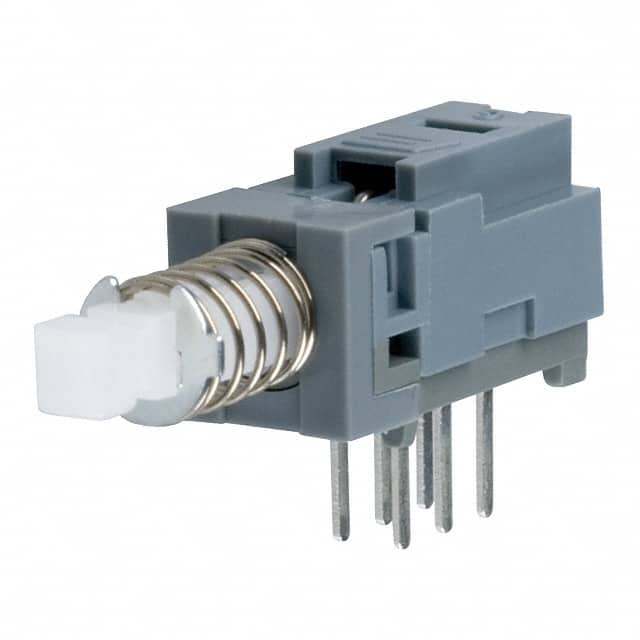elskardio
Well-known member
Hi Guys,
I'm working on a small utility mic preamp for a client and I'm trying to keep the cost as low as possible.
Since i'm using small push button switches for most of design, I have a lot in stock and I was wondering if it could withstand phantom power switching.
The switch is rated for 30V DC at 100mA. The switch will provide phantom to a single mic, so let's say max 10mA. Will it be safe?
Cheers

I'm working on a small utility mic preamp for a client and I'm trying to keep the cost as low as possible.
Since i'm using small push button switches for most of design, I have a lot in stock and I was wondering if it could withstand phantom power switching.
The switch is rated for 30V DC at 100mA. The switch will provide phantom to a single mic, so let's say max 10mA. Will it be safe?
Cheers




























![Electronics Soldering Iron Kit, [Upgraded] Soldering Iron 110V 90W LCD Digital Portable Soldering Kit 180-480℃(356-896℉), Welding Tool with ON/OFF Switch, Auto-sleep, Thermostatic Design](https://m.media-amazon.com/images/I/41gRDnlyfJS._SL500_.jpg)




